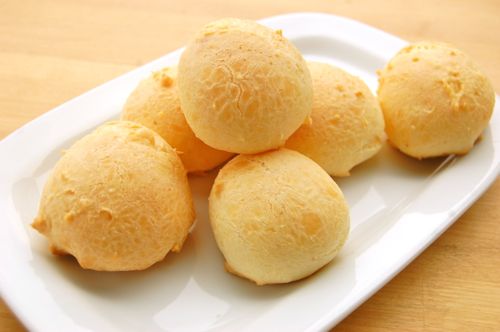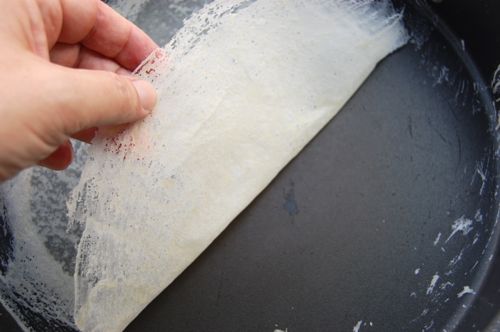My little girls love the sound of that word so much I don’t think they’ll ever pronounce “cheesecake” the same way again. But the time has come to ask: what is the technical difference between an American cheesecake and a Japanese one? I’m inclined to state the answer this way: American cheesecakes are custards, albeit very thick ones, and Japanese cheesecakes are soufflés. Again, very thick ones.
Look at the process for mixing a soufflé, then the process for mixing a Japanese cheesecake and you’ll find the two are very similar. Both involve combining a cheese and egg yolk-rich base mixture with an egg white foam, then baking the batter. The difference lies in the fact that a Japanese cheesecake batter has quite a bit more structural material in it, so it’s not inclined to fall like a soufflé.
READ ON


